AI as Creativity Amplifier: Why Artificial Intelligence Enhances Rather Than Replaces Human Creative Talent
The Symbiotic Relationship Between AI and Creative Professionals
I've witnessed firsthand how the creative industry has been transformed by artificial intelligence. Yet, amid all the technological advancement, one truth remains clear: AI isn't here to replace human creativity—it's here to amplify it. In this exploration, I'll show you why this partnership between human ingenuity and artificial intelligence creates something far greater than either could achieve alone.
The Symbiotic Relationship Between AI and Creative Professionals
I've noticed a persistent misconception in creative circles that AI is designed to eventually replace human talent. This couldn't be further from the truth. What we're actually witnessing is the emergence of a complementary partnership where AI and human creativity enhance each other rather than competing.
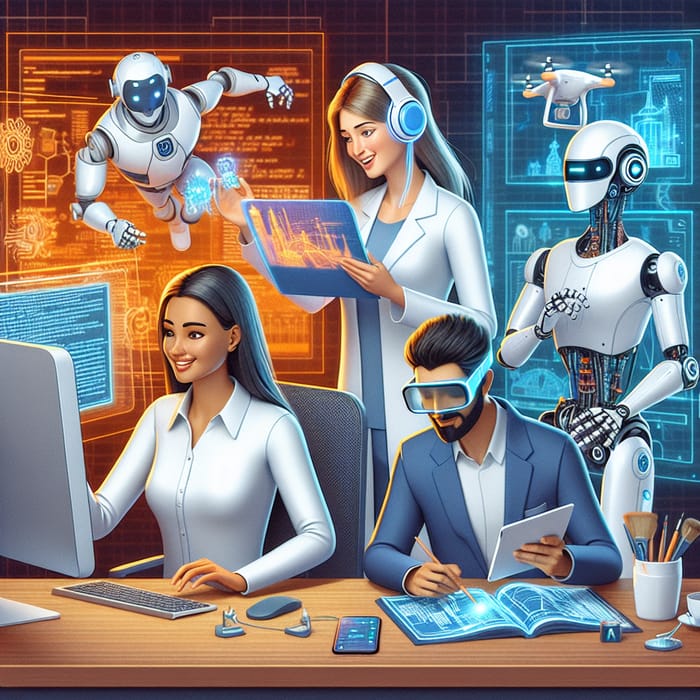
The unique value that humans bring to the creative process—emotional intelligence, cultural context, and lived experience—simply cannot be replicated by artificial intelligence. AI lacks the fundamental human qualities that make creative work resonate on a deeper level. What AI excels at is expanding our capabilities, handling repetitive tasks, and serving as a sophisticated tool that responds to our creative direction.
In my conversations with creative studios that have successfully integrated AI into their workflows, a pattern emerges: they maintain a human-centered approach while leveraging AI to enhance specific aspects of their process. This approach acknowledges that ai productivity gains don't come from replacing human talent but from creating a symbiotic relationship where each contributes their strengths.
Human-AI Creative Partnership
The diagram below illustrates how human creativity and AI capabilities complement each other in the creative process:
flowchart LR
subgraph Human["Human Creative Strengths"]
H1[Emotional Intelligence]
H2[Cultural Context]
H3[Original Vision]
H4[Ethical Judgment]
H5[Lived Experience]
end
subgraph AI["AI Capabilities"]
A1[Pattern Recognition]
A2[Rapid Iteration]
A3[Technical Execution]
A4[Data Processing]
A5[Scale & Speed]
end
Human <--> Process((Creative Process))
AI <--> Process
Process --> Output[Enhanced Creative Output]
classDef human fill:#FF8000,color:white,stroke:#FF6000
classDef ai fill:#42A5F5,color:white,stroke:#1E88E5
classDef process fill:#66BB6A,color:white,stroke:#43A047
classDef output fill:#AB47BC,color:white,stroke:#8E24AA
class Human human
class AI ai
class Process process
class Output output
PageOn.ai's Vibe Creation feature exemplifies this symbiotic relationship. Rather than taking over the creative process, it establishes a conversational approach where the human creator remains firmly in control. I provide creative direction, and the AI responds with suggestions that I can accept, modify, or reject. This collaborative dialogue enhances my creative capabilities without diminishing my essential role in the process.
Breaking Down Creative Barriers with AI Assistance
Throughout my career, I've encountered numerous creative roadblocks—time constraints that limit exploration, technical limitations that restrict execution, and creative blocks that stall progress. AI tools have become invaluable in helping overcome these barriers, not by replacing my creative thinking but by expanding what's possible within these constraints.
How AI Addresses Common Creative Barriers
The chart below shows how effectively AI tools address various creative challenges:
The democratization of creative tools is one of the most profound impacts I've observed. AI has made sophisticated creation accessible to people who previously lacked the technical skills or resources to bring their visions to life. This doesn't mean that expertise is devalued—rather, it means that more people can participate in the creative economy, bringing diverse perspectives that enrich our collective creative output.
One of the most valuable contributions AI makes to my creative process is handling mundane, repetitive tasks that once consumed hours of my time. By automating these aspects, I can focus on the higher-value creative work that truly requires human judgment and sensibility. This shift represents ai content creation at its best—not replacing the human element but freeing it to operate at a higher level.
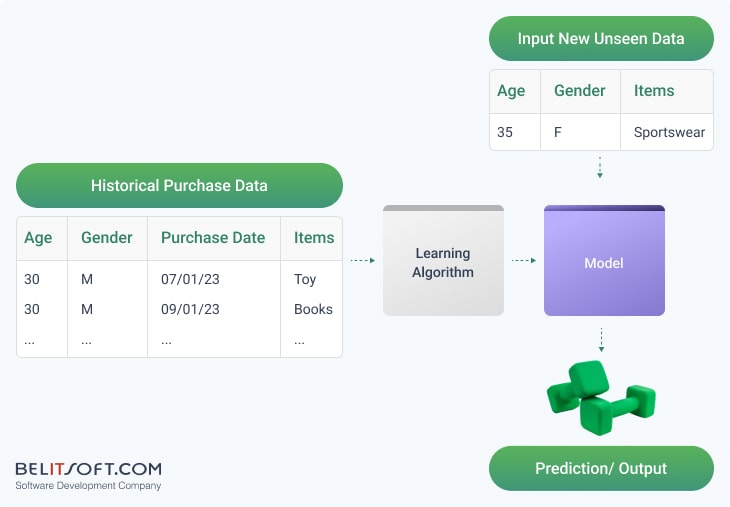
I've found PageOn.ai's AI Blocks feature particularly valuable for rapidly prototyping and visualizing concepts. What would have taken me hours to create manually can now be accomplished in minutes, allowing me to explore more creative directions and iterate more quickly. The key insight is that AI isn't doing my creative thinking for me—it's accelerating the process of translating my ideas into visual form, giving me more time to refine and perfect the creative vision.
The Creative Industry's Response to AI Integration
The 2023 SAG-AFTRA and Writers Guild of America strikes brought the question of AI's role in creative industries to the forefront of public discourse. As I followed these events closely, I noticed a clear consensus emerging: AI should serve as a tool to support human talent, not replace it. This position wasn't just a defensive stance by creative professionals—it reflected a deeper understanding of the complementary relationship between human creativity and artificial intelligence.
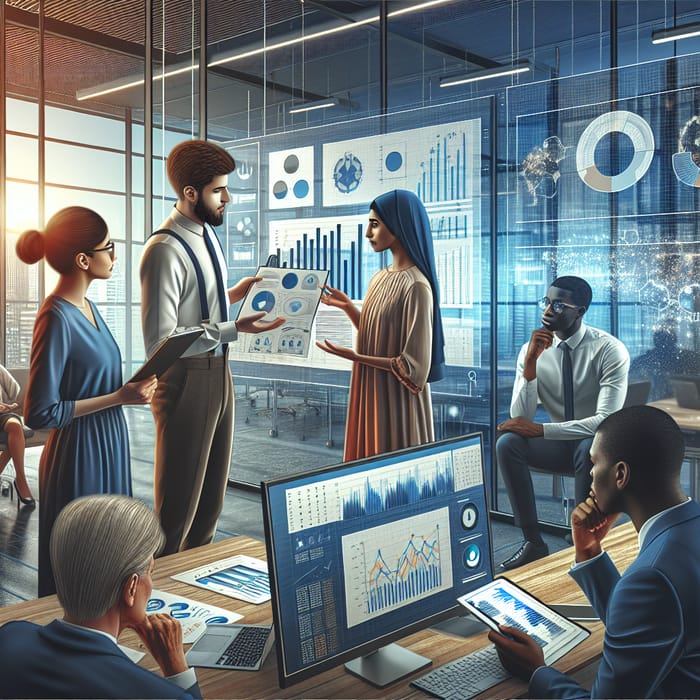
Leading creative organizations are now establishing ethical guidelines for AI implementation that recognize the importance of human creative labor. These guidelines typically emphasize transparency about AI usage, fair compensation for human contributors, and clear attribution of creative work. The goal isn't to resist technological progress but to ensure that it enhances rather than diminishes the human creative experience.
Creative Professionals' Attitudes Toward AI Collaboration
A survey of creative professionals shows evolving attitudes toward AI collaboration:
As someone who works with creative writing AI tools regularly, I've seen firsthand how attitudes are shifting. The initial fear of replacement is giving way to a more nuanced understanding of how AI can enhance creative work without threatening human roles. This shift is particularly evident among professionals who have had the opportunity to experiment with thoughtfully designed AI tools that augment rather than automate the creative process.
PageOn.ai's Deep Search feature exemplifies this supportive approach. Rather than generating content that replaces human creativity, it helps me find inspiration and assets that inform my creative decisions. The key distinction is that I remain the decision-maker—the AI is providing options and information that expand my creative possibilities rather than narrowing them.
Redefining Creative Roles in an AI-Enhanced Landscape
I've observed a fascinating evolution in creative job descriptions and skill requirements over the past few years. Rather than eliminating creative roles, AI is transforming them, creating new opportunities for professionals who can effectively leverage these tools. The most successful creative professionals aren't those who resist AI but those who embrace it as part of their expanded toolkit.
Evolution of Creative Roles with AI Integration
This diagram illustrates how traditional creative roles are evolving in response to AI capabilities:
flowchart TD
subgraph Traditional["Traditional Creative Roles"]
T1[Graphic Designer]
T2[Copywriter]
T3[Art Director]
T4[Video Editor]
T5[Illustrator]
end
subgraph Emerging["Emerging AI-Enhanced Roles"]
E1[Experience Designer]
E2[Content Strategist]
E3[Creative Technologist]
E4[Visual Systems Architect]
E5[AI Prompt Engineer]
end
T1 --> E1
T1 --> E4
T2 --> E2
T2 --> E5
T3 --> E3
T3 --> E4
T4 --> E3
T5 --> E4
T5 --> E5
classDef traditional fill:#FF8000,color:white,stroke:#FF6000
classDef emerging fill:#42A5F5,color:white,stroke:#1E88E5
class Traditional traditional
class Emerging emerging
New creative specialties are emerging at the intersection of human creativity and AI capabilities. I'm particularly excited about roles like Creative Technologists and AI Prompt Engineers, who blend traditional creative sensibilities with technical understanding to achieve outcomes that wouldn't be possible through either human effort or AI alone.
Many creative professionals, myself included, are actively upskilling to work alongside AI effectively. This doesn't mean becoming technical experts but developing a working understanding of how to provide effective direction to AI tools. The ability to "speak AI's language" through thoughtful prompting and feedback is becoming an essential skill for creatives across disciplines.
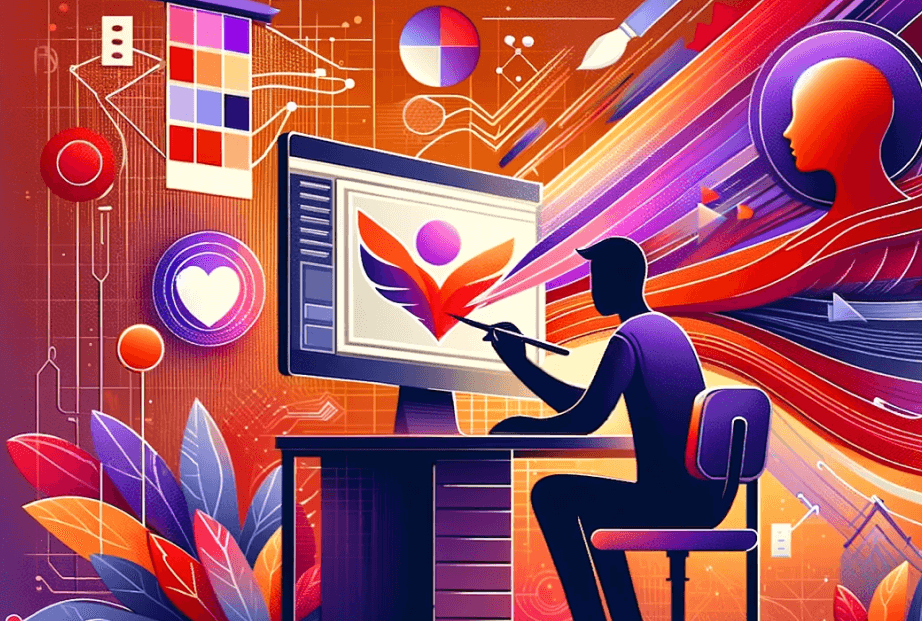
A fascinating prediction I've seen validated in the industry is the growing talent gap for creatives who can effectively leverage AI tools. As industry analysis published by technology experts suggests, we're not seeing widespread layoffs from AI integration. Instead, there's a shortage of professionals who possess both creative talent and the ability to effectively direct AI tools. This creates opportunities for creatives who embrace these new technologies rather than resist them.
I've found PageOn.ai's agentic capabilities particularly valuable in this evolving landscape. They allow me to transform creative intent into polished visual reality while maintaining creative control throughout the process. The key is that I'm directing the AI rather than the other way around—it's responding to my creative vision rather than replacing it.
The Augmented Creative Process: From Concept to Execution
I've found that AI enhances each stage of the creative workflow in distinct ways. From initial ideation to final execution, thoughtfully integrated AI tools can expand possibilities while keeping the human creator firmly in control of the creative direction.
AI-Enhanced Creative Workflow
This diagram illustrates how AI augments each stage of the creative process:
flowchart LR
Start((Start)) --> Ideation[Ideation]
Ideation --> Research[Research]
Research --> Concept[Concept Development]
Concept --> Design[Design Execution]
Design --> Refinement[Refinement]
Refinement --> Delivery[Delivery]
Delivery --> End((End))
AI1[AI: Inspiration Generation
Pattern Recognition
Alternative Suggestions] -.-> Ideation
AI2[AI: Rapid Information Gathering
Content Summarization
Trend Analysis] -.-> Research
AI3[AI: Visualization Assistance
Rapid Prototyping
Concept Testing] -.-> Concept
AI4[AI: Technical Execution
Asset Creation
Style Application] -.-> Design
AI5[AI: Variant Generation
Quality Enhancement
Format Adaptation] -.-> Refinement
AI6[AI: Format Conversion
Localization
Optimization] -.-> Delivery
classDef process fill:#FF8000,color:white,stroke:#FF6000
classDef ai fill:#42A5F5,color:white,stroke:#1E88E5
classDef endpoint fill:#66BB6A,color:white,stroke:#43A047
class Ideation,Research,Concept,Design,Refinement,Delivery process
class AI1,AI2,AI3,AI4,AI5,AI6 ai
class Start,End endpoint
The power of rapid iteration is one of AI's most valuable contributions to my creative process. I can quickly explore multiple directions and variations that would be prohibitively time-consuming to create manually. This doesn't mean that AI is doing the creative thinking—it's expanding the range of possibilities I can consider within practical time constraints.
I've found that AI assistance helps me push beyond conventional thinking and discover new creative directions. By suggesting unexpected combinations or approaches, AI tools can help break through creative blocks and inspire fresh perspectives. The key insight is that these suggestions aren't replacing my creative judgment but stimulating it in new ways.
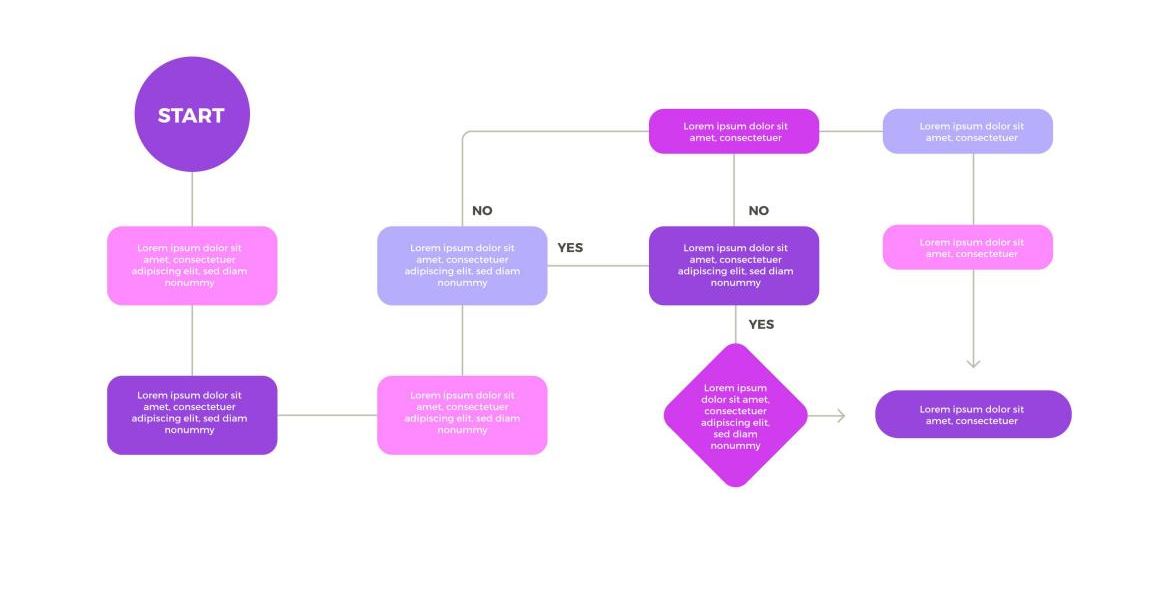
I've been inspired by award-winning creative work that leveraged AI collaboration effectively. These examples demonstrate that AI doesn't diminish creative achievement but can help elevate it to new heights. The recognition goes to the human creators who skillfully directed the AI tools, not to the tools themselves.
PageOn.ai's ability to transform fuzzy creative concepts into clear visual structures has been particularly valuable in my work. Rather than imposing its own vision, it helps me clarify and refine my own ideas, preserving my creative intent while enhancing the execution. This exemplifies the ideal relationship between human creativity and AI assistance—a partnership where each contributes their strengths to achieve a superior outcome.
The integration of AI and education in creative fields is also transforming how we learn and develop creative skills. AI tools can provide immediate feedback, suggest improvements, and demonstrate techniques in ways that accelerate the learning process.
Measuring the Impact: Creativity Amplified
I've found several quantifiable ways to measure how AI enhances creative output. These metrics help demonstrate that the value of AI in creative work isn't about reducing headcount but about achieving better outcomes.
Impact of AI Integration on Creative Performance
Data from creative teams before and after AI integration shows significant improvements across key metrics:
In my conversations with other creative professionals, I've collected testimonials about how AI has expanded their capabilities. A common theme emerges: AI tools don't replace creative thinking but free up mental space for it by handling technical execution and repetitive tasks. This allows for more focus on the aspects of creative work that truly require human judgment and sensibility.
"AI hasn't replaced my role as a designer—it's expanded what I can accomplish within the same timeframe. I'm now able to explore more creative directions and deliver more refined work to clients because I'm spending less time on technical execution and more time on creative thinking."
— Sarah Chen, Senior Designer
The business case for AI-enhanced creativity is becoming increasingly clear: better outcomes, not reduced headcount. Organizations that effectively integrate AI into their creative workflows are seeing improvements in productivity, quality, and client satisfaction without necessarily reducing their creative teams. This reflects the complementary nature of the human-AI creative partnership.
Looking to the future, I believe the human-AI creative partnership will continue to evolve in exciting ways. As AI tools become more sophisticated and creative professionals become more adept at directing them, we'll see even greater synergies emerge. The key will be maintaining a balance that preserves the essential human contribution while leveraging AI's unique capabilities.
PageOn.ai's integrated approach has helped me track and demonstrate enhanced creative impact. By providing tools for documenting the creative process and measuring outcomes, it makes the value of AI-enhanced creativity more tangible and communicable to clients and stakeholders.
Ethical Considerations in AI-Enhanced Creativity
As I've integrated AI into my creative workflow, I've had to grapple with important questions about originality, authenticity, and creative ownership. These aren't simple issues with easy answers, but thoughtful consideration is essential for ethical practice in an AI-enhanced creative landscape.

Establishing transparent boundaries between human and AI contributions is crucial for maintaining trust with clients and audiences. In my practice, I'm clear about which aspects of a project involved AI assistance and which were purely human-created. This transparency helps address concerns about authenticity while acknowledging the legitimate role that AI tools can play in the creative process.
The question of AI-generated images copyright and intellectual property is complex and evolving. I believe in responsible AI usage that respects the intellectual property rights of others and acknowledges the contributions of human creators whose work may have informed AI systems. This ethical approach is essential for maintaining the integrity of creative work in an AI-enhanced environment.
Ethical Framework for AI-Enhanced Creativity
This diagram outlines key principles for ethical AI usage in creative work:
flowchart TD
Core[Ethical AI Creativity]
Core --> T[Transparency]
Core --> A[Attribution]
Core --> I[Integrity]
Core --> R[Respect]
Core --> C[Consent]
T --> T1[Disclose AI usage to clients/audience]
T --> T2[Clarify boundaries of AI vs. human input]
A --> A1[Acknowledge human creative labor]
A --> A2[Credit sources that informed AI systems]
I --> I1[Maintain authenticity of creative vision]
I --> I2[Avoid misrepresentation of capabilities]
R --> R1[Respect intellectual property rights]
R --> R2[Honor cultural sensitivities]
C --> C1[Obtain permission for use of personal likeness]
C --> C2[Respect creator opt-out preferences]
classDef core fill:#FF8000,color:white,stroke:#FF6000
classDef principle fill:#42A5F5,color:white,stroke:#1E88E5
classDef practice fill:#66BB6A,color:white,stroke:#43A047
class Core core
class T,A,I,R,C principle
class T1,T2,A1,A2,I1,I2,R1,R2,C1,C2 practice
I'm working to develop an ethical framework for AI creativity that honors human creative labor while embracing technological innovation. This framework emphasizes principles like transparency, attribution, integrity, respect, and consent—values that should guide our use of AI tools in creative contexts.
PageOn.ai's capabilities for documenting creative processes have been valuable in maintaining clear attribution. By recording the evolution of a creative project and the contributions of both human and AI, it creates a transparent record that supports ethical practice and helps address concerns about creative ownership.
Practical Strategies for Creatives Embracing AI
Based on my experience, I believe the first step for creatives looking to embrace AI is to identify which aspects of your creative process could benefit from amplification. Not every part of the creative workflow is equally suited for AI assistance, and understanding where AI can add the most value is essential for effective integration.
Suitability of AI for Different Creative Tasks
This chart shows which creative tasks benefit most from AI assistance:
Developing a complementary relationship with AI tools is essential for enhancing your unique creative voice rather than diluting it. I approach AI as a collaborator rather than a replacement, using it to handle aspects of the creative process that benefit from computational power while preserving my distinctive perspective and artistic judgment.
Learning to provide effective direction to AI tools is a skill that takes practice. I've found that clear, specific prompts that communicate my creative intent yield the best results. With PageOn.ai, I've learned to articulate my vision in ways that the system can understand and respond to effectively, creating a productive dialogue between human creativity and artificial intelligence.

Balancing efficiency gains with maintaining creative quality is an ongoing challenge. I'm constantly evaluating whether AI assistance is enhancing or potentially compromising the distinctiveness and quality of my work. This critical assessment ensures that I'm leveraging AI in ways that truly improve outcomes rather than simply making the process faster at the expense of creative excellence.
Creating a personal roadmap for integrating AI tools while preserving your creative identity is essential for long-term success. My approach has been to start with low-stakes projects, experiment with different AI tools and approaches, and gradually incorporate those that genuinely enhance my creative process while staying true to my artistic vision.
Transform Your Visual Expressions with PageOn.ai
Discover how PageOn.ai can amplify your creative talent, not replace it. Our tools are designed to enhance your unique vision while making the creative process more efficient and expansive.
Start Creating with PageOn.ai TodayEmbracing the Future of Creative AI Partnership
Throughout this exploration, I've shown why AI amplifies rather than replaces creative talent. The most powerful creative outcomes emerge from a thoughtful partnership between human creativity and artificial intelligence, with each contributing their unique strengths.
As we move forward, I believe that creative professionals who embrace AI as a collaborative tool will thrive, while those who view it solely as a threat may struggle to adapt. The key is developing a balanced approach that leverages AI's capabilities while preserving the essential human elements that give creative work its resonance and meaning.
PageOn.ai represents a thoughtful approach to this human-AI creative partnership. By designing tools that enhance rather than replace human creativity, it exemplifies the future of creative work—a future where technology amplifies our creative capabilities without diminishing the vital human contribution.
I encourage you to explore how AI might enhance your own creative process. Approach it with curiosity rather than fear, and you may discover new possibilities that expand rather than limit your creative expression.
You Might Also Like
Strategic AI Marketing Investment Roadmap: Maximizing ROI from the $360 Billion Surge | 2025 Marketing Tech Budget Guide
Navigate the $360 billion AI investment surge with strategic marketing technology budget allocation. Discover proven frameworks for maximizing ROI from AI marketing tools in 2025.
The Science Behind Success: How AI-Powered Content Creation Delivers 25% Higher Success Rates
Discover why AI users report 25% higher content success rates. Learn proven strategies, productivity gains, and competitive advantages of AI-powered content creation.
Building Trust in AI-Generated Marketing Content: Transparency, Security & Credibility Strategies
Discover proven strategies for establishing authentic trust in AI-generated marketing content through transparency, behavioral intelligence, and secure data practices.
How 85% of Marketers Transform Content Strategy with AI Visual Tools | PageOn.ai
Discover how 85% of marketers are revolutionizing content strategy with AI tools, saving 3 hours per piece while improving quality and output by 82%.
